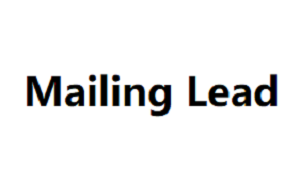B2B market research tends to consist of four main methods: primary, secondary, qualitative, and quantitative. Each one has its own set of pros and cons, so it is important to familiarize yourself with all of them before determining how to move forward.
Primary research consists of speaking directly to your target audience in order to gain valuable data and insights.
It has the potential to make an emotional connection with your audience and can get data directly from participants.
Unfortunately, this can be a very time-consuming and costly method of obtaining market research, as you are gathering significant amounts of data that must be analyzed thoroughly.
Further, it is important that the experience is as quick, easy, and painless as possible, since B2B participants may have less interest in helping with your research.
Secondary Research
Secondary research is conducted by a third party and tends to be available to the public, such as financial reports and analyst reports.
This particular research method is important since it can help bring in data from outside.
For instance, primary research like telephone number list asking people for their answers directly may not uncover their true intentions. Secondary research can often help in the understanding of audience behavior.
Before investing in secondary research, you must make sure that the data you acquire from a third-party source will be beneficial for your needs.
Further, secondary research data can often be inaccurate or biased, which means you must confirm the authenticity of your sources.
Qualitative Research
Qualitative research consists of data collection that simply cannot be defined by numbers.
This type of data can be beneficial in understanding possible reasons why your audience reacts the way they do. You can build a hypothesis regarding your target audience and prospective customers with qualitative research.
Qualitative research can be obtained Mailing Lead through interviews, focus groups, and open-ended survey questions.
It can be particularly useful when your audience isn’t considerably large, making it more difficult to gain quantitative data.
Additionally, this approach tends to be more personalized, which is a huge turn-on for B2B decision-makers. It allows the development of a much more personal and closer relationship with prospects.

